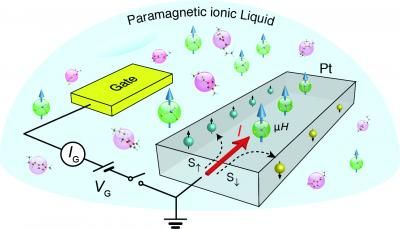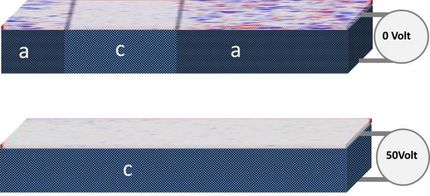Not everything is ferromagnetic in high magnetic fields
High magnetic fields have a potential to modify the microscopic arrangement of magnetic moments because they overcome interactions existing in zero field. Usually, high fields exceeding a certain critical value force the moments to align in the same direction as the field leading to ferromagnetic arrangement. However, a recent study showed that this is not always the case. The experiments took place at the high-field magnet at HZB's neutron source BER II, which generates a constant magnetic field of up to 26 Tesla. This is about 500,000 times stronger than the Earth's magnetic field. Further experiments with pulsed magnetic fields up to 45 Tesla were performed at the Helmholtz-Zentrum Dresden-Rossendorf (HZDR).
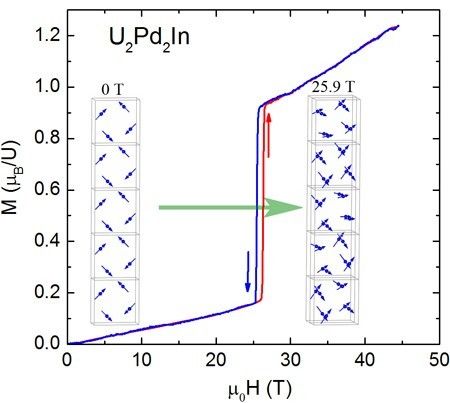
At 25.8 Tesla, a phase transition occurs in the uranium crystal and a complex magnetic pattern is established.
© HZB
The physicists examined crystals of U2Pd2In, which form a special class of solids (Shastry-Sutherland system). The interactions between the magnetically active uranium atoms are quite complex in this structure, mainly due to the extended 5f orbitals of the outermost electrons of uranium in a solid. These 5f electrons are also carriers of the magnetic moment in the material.
Using neutron diffraction in strong fields they found that an unusually complicated non-collinear modulated magnetic structure above a critical magnetic field. The magnetic unit cell is twenty times larger than the crystallographic unit, containing 80 magnetic moments. Such a structure is a consequence of competition between different strong interactions and the applied field. “Our results are important from two reasons”, Dr. Karel Prokes (HZB) says. “First, they show that the field induced phase is not ferromagnetic and the magnetization increase at high fields is probably due to a gradual rotation of U moments towards the field direction, a finding that might be of relevance for many other systems and second, they may help to develop more precise theories dealing with 5f electron systems”.
Original publication
Other news from the department science

Get the chemical industry in your inbox
By submitting this form you agree that LUMITOS AG will send you the newsletter(s) selected above by email. Your data will not be passed on to third parties. Your data will be stored and processed in accordance with our data protection regulations. LUMITOS may contact you by email for the purpose of advertising or market and opinion surveys. You can revoke your consent at any time without giving reasons to LUMITOS AG, Ernst-Augustin-Str. 2, 12489 Berlin, Germany or by e-mail at revoke@lumitos.com with effect for the future. In addition, each email contains a link to unsubscribe from the corresponding newsletter.
Most read news
More news from our other portals
Last viewed contents
DSM completes acquisition of PTG
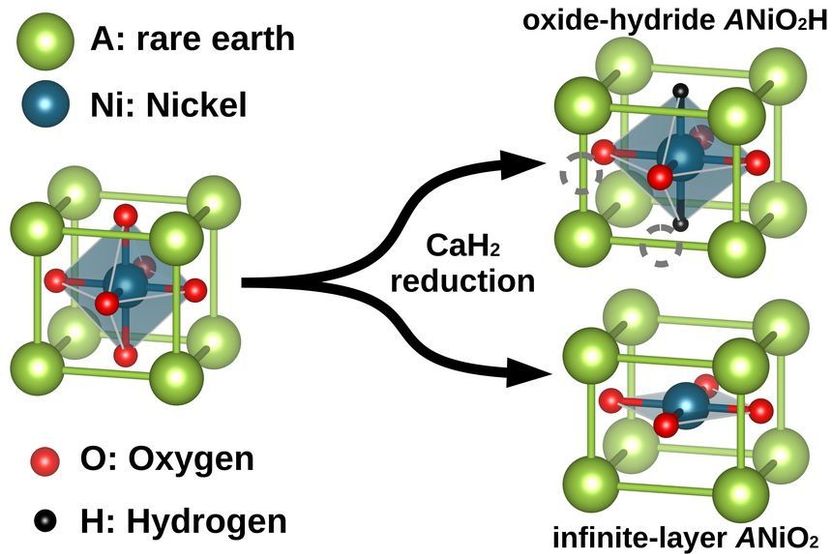
Superconductivity: It’s Hydrogen’s Fault - With new nickelates and the predictive power of supercomputers to the superconductor without any cooling
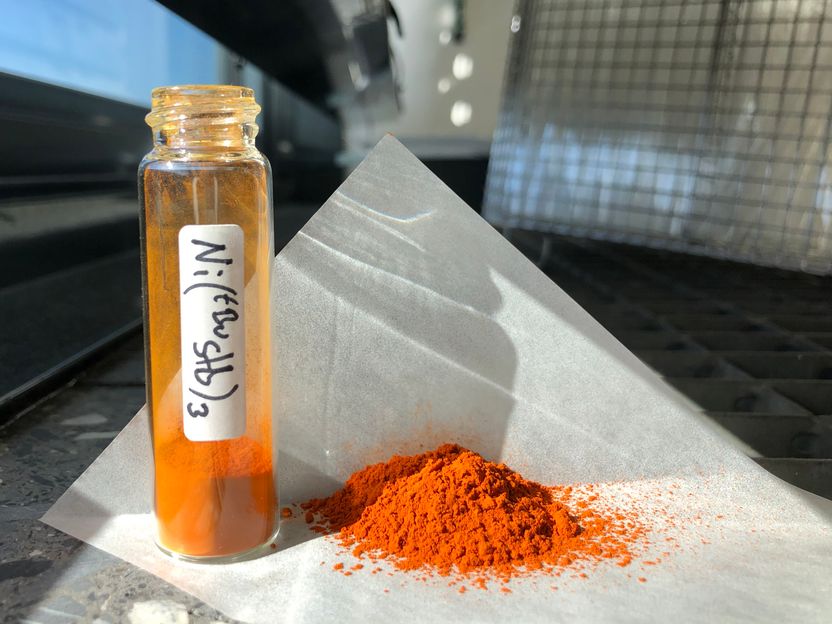
New class of stable nickel complexes developed - Easy-to-handle nickel complexes for practical application in nickel catalysis
